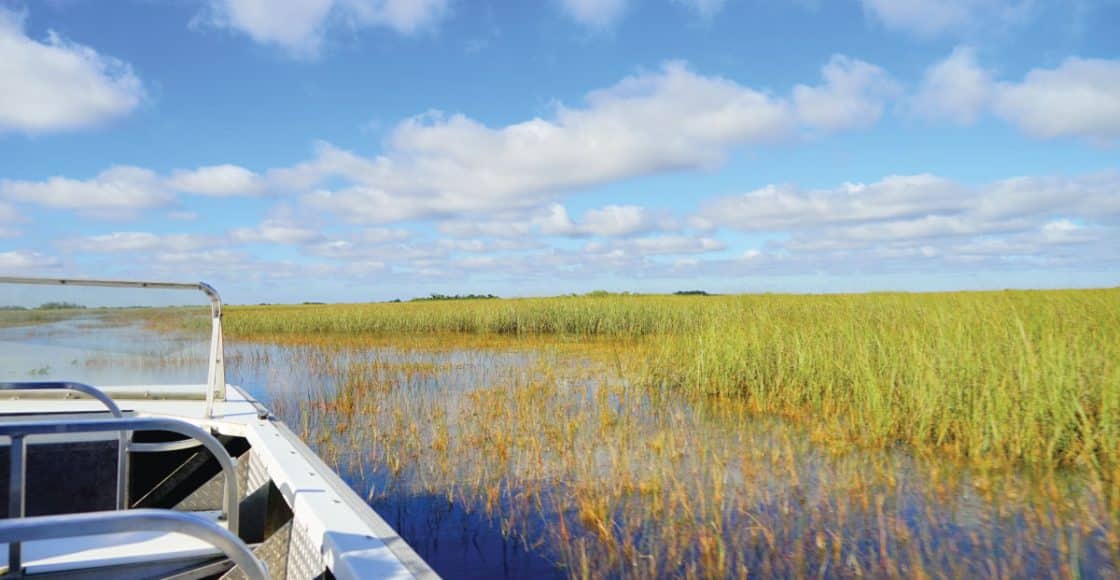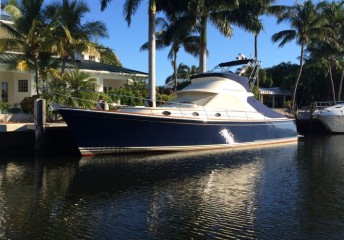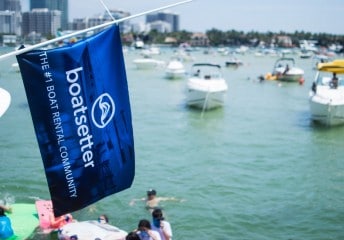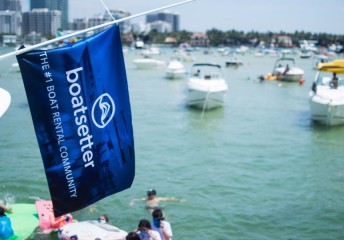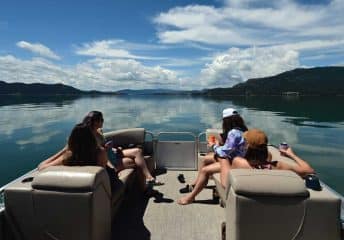How to Navigate a Boat in Marine Protected Areas
Last Updated on March 14, 2023 by Boatsetter Team
Quick show of hands: How many of you have cruised the Florida Keys? How about California’s Monterey Bay, Washington’s Olympic Coast, Michigan’s portion of the Great Lakes, or even the U.S. Virgin Islands? Congratulations, you’ve likely explored one of our many marine protected areas without realizing it! With this post on navigating a boat in marine-protected areas, we’ll boost your awareness of the best boating practices. But first, what exactly is a marine protected area?
It’s a safeguarded area with a marine element, whether oceans or great lakes. Protected marine areas can be:
- National marine sanctuaries
- National marine monuments
- National wildlife refuges
- State parks
- Natural preserves and sanctuaries
TOP Electric Boat Rentals ready to go— Book now!
1. Keep our waters clean

Don’t discharge sewage or toss anything overboard! Dedicated shore pump-out facilities are conveniently on hand in some sanctuaries. Be mindful when you’re enjoying snacks onboard as well to ensure garbage doesn’t enter the water.
Speaking of garbage, pluck floating plastic from the water if you see it. Wildlife often either mistake plastic for food or get entangled in it. Either way, the results can be devastating, leading to poisoning or death.
2. Proceed properly
Navigate slowly near sensitive habitats like nesting areas and while close to shore. Wakes can destroy nests and further erode delicate ecosystems. Pay attention to speed limits, especially where motorized vessels are permitted to be. If you enjoy fishing, only wet your line where permitted, and double-check whether you need a license before heading out.
3. Observe, don’t touch wildlife
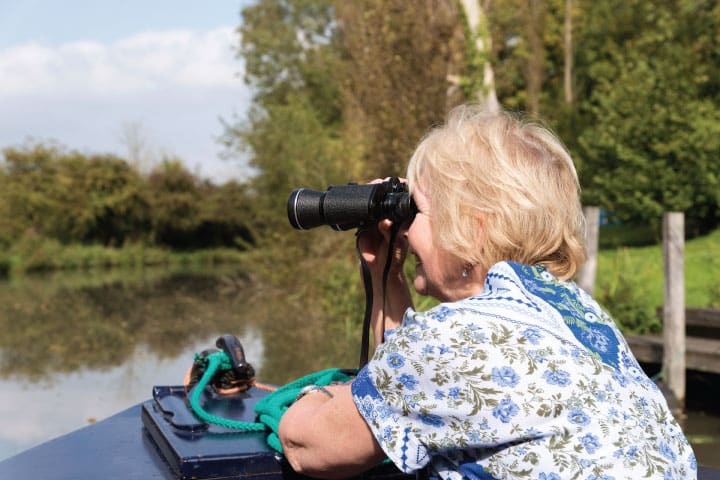
Sea birds, mammals, and other ocean life are incredible to see. But, do it from a distance—for their safety and yours. It’s illegal in some areas to touch marine life, purposely to preserve them. Step lightly when walking amid tide pools and along shore habitats, too.
4. Respect “no-take” zones
Some marine protected areas are fully protected, often called “no-take” reserves. While you’re permitted to visit them, you’re prohibited from removing anything. So, as much as coral and some rocks are cool-looking, leave them in place.
Remember, our goal is to conserve the waters, wildlife, and maritime heritage. They stretch from Washington State to Maryland and Lake Michigan to the Gulf Coast. Notably, research reveals that marine protected areas effectively increase the abundance and diversity of marine life within their boundaries.
Being protected doesn’t mean they’re off-limits, though. On the contrary, marine protected areas are absolutely for boaters—along with hikers, birders, and all outdoor enthusiasts—to enjoy. Some have shipwrecks for exploring, for instance. Others have coral reefs and migration routes. Federal, state, and local officials promote educational tours, boating trips (whether aboard your own or via a charter), and more to strike a balance between sustainably using coastal resources and preserving them for future generations. With that in mind, follow these tips to navigate your boat properly in marine-protected areas.
Recreational boating can do good for you and the planet. Make sure to check out more green boating resources and browse through our fleet of electric boat rentals.
About Boatsetter
Boatsetter is a unique boat-sharing platform that gives everyone — whether you own a boat or you’re just renting — the chance to experience life on the water. You can list a boat, book a boat, or make money as a captain.
Got an electric boat? Rent it out AND do good. List & Earn with Boatsetter

A journalist with more than 30 years’ experience, Diane M. Byrne is the owner
of MegayachtNews.com, a daily website educating American superyacht owners, buyers, and
their circles of influence about the leading builders, designers, cruising destinations, and more.
She founded the website in 2007 as the first, and still the only, American-focused online media
outlet exclusively covering this market. It features all-original content, for real stories of real
interest.
Diane is additionally one of the most-sought-after journalists for expert editorial coverage and
commentary about not only superyachts, but also general boating and yachting. Her byline
appears in Boatsetter.com, DiscoverBoating.com, and the magazines Luxury Guide, Ocean,
Yachting, and Yachts International.
Additionally, Diane is the Chair of the U.S. Superyacht Association, having been on the Board of
Directors since 2015. Outside of yachting, she’s a trustee of Sempre Avanti, a non-profit
resource supporting Italian and Italian-American individuals, businesses, and organizations in the
United States and Italy.
